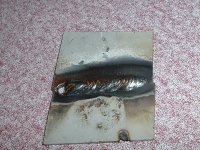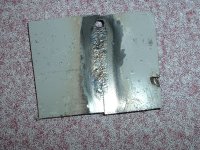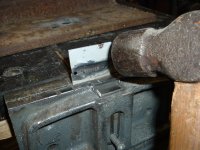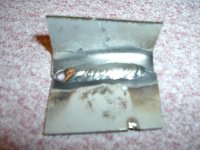Mark,must not been around many code welds than,,if your welds look even close to dog poop you don't x-ray them,[you don't waste your time in other words],,,all welds[to any welding code] require that they first must pass a visual,,,than you do whatever to it,,and before the welder welds on job,he must pass a qual. test,,and,again,you got to pass visual before bending or x-raying the coupon. Don't really know what your trying to say,[weld looks like dog poop and passes x-ray,,than you say something about little shake of your hands causes not so perfect ripples],,big difference in those two...
And,I have a resume too,but not going to get into it unless your hiring:laughing:
Yeah,will agree,alot of opinions around,,but thats why they got code books,,it tells you in code books[api,asme,aws,and more],what is and what is not acceptable,,and no where in any of them does it say if your weld is ugly and looks even kinda like dog poop,that it could possably still pass.
And,I have a resume too,but not going to get into it unless your hiring:laughing:
Yeah,will agree,alot of opinions around,,but thats why they got code books,,it tells you in code books[api,asme,aws,and more],what is and what is not acceptable,,and no where in any of them does it say if your weld is ugly and looks even kinda like dog poop,that it could possably still pass.



